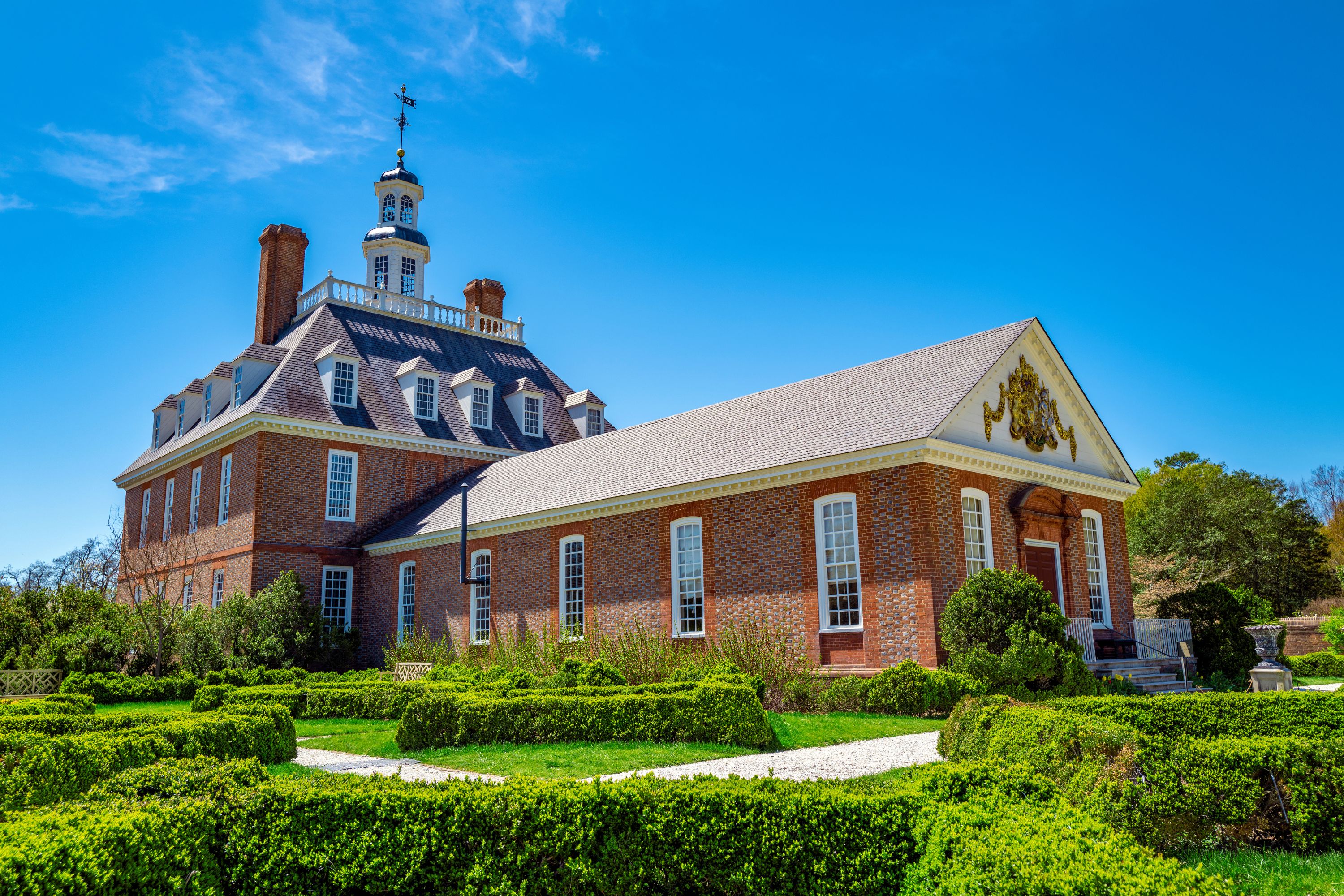A Recent DNA Study Of Two Skeletons Buried 400 Years Ago Revealed Jamestown Colonists Kept A Taboo Family Secret Of Illegitimacy For Centuries

After hundreds of years, the closely guarded secret of a family of Jamestown colonists has been spilled, thanks to a DNA study.
Researchers examined two human skeletons that were buried at the church in Jamestown and found a 400-year-old case of illegitimacy in the family.
The church at Jamestown stood from 1608 to 1616. The chancel refers to the space around the altar.
Jamestown was founded in 1607 and was the first permanent English settlement in North America. It was the capital of the Virginia colony until 1699 when the seat of government was moved to Williamsburg. Today, the historic site is located in what is now Williamsburg, Virginia.
Based on where they were buried, the human remains of the two individuals were thought to be some of the earliest Jamestown colonists.
“These graves were purposely buried near the altar in the Church chancel,” said William Kelso, a co-author of the study and emeritus director of archaeology at Jamestown Rediscovery. “This prominent location suggests the graves contained the remains of high-status individuals.”
To determine the identities of the individuals, researchers from the Reich Lab at Harvard University decided to perform a DNA analysis of the remains.
According to the Smithsonian Institution, it was the first time that ancient DNA was successfully used for identification at the colonial site.
After analyzing the DNA, the research team cross-checked the test results with historical records, archaeological findings, and skeletal evidence.
Stuart Monk – stock.adobe.com – illustrative purposes only
Sign up for Chip Chick’s newsletter and get stories like this delivered to your inbox.
Analyses of the DNA, the skeletons, and the burials revealed that the individuals were Sir Ferdinando Wenman (A.D. 1576 to 1610) and Captain William West (A.D. 1586 to 1610).
The two men both belonged to the influential West family. Thomas West, Third Baron De La Warr, was the Jamestown colony’s first governor.
It was also discovered that they were related unexpectedly through the maternal line. So, the team set out to do more research into the relationship between Wenman and West.
They uncovered evidence of a court case about the inheritance of Captain West’s holdings. After West died, his aunt, caregiver, and beneficiary, Mary Blount, tried to recover the inheritance.
The court records show that Blount indirectly expressed that Captain West was the illegitimate son of Elizabeth, her sister.
Elizabeth was the unmarried daughter of the elder William West, First Baron De La Warr. Blount had raised Captain West on behalf of Elizabeth, who had been unmarried when she became pregnant.
In the 17th century, having a child out of wedlock was very taboo, especially among families of high status. So, the indiscretion was not documented in the genealogical records.
“This study demonstrates the utility of combining genetic, archaeological, and historical approaches to the study of the past,” the researchers concluded.
“Despite the poor DNA preservation of the two individuals, their shared mitochondrial haplogroup helped to guide records-based historical research, ultimately leading to surprising insights into their relationship.”
The details of the study were published in the journal Antiquity.
Welcome to Billionaire Club Co LLC, your gateway to a brand-new social media experience! Sign up today and dive into over 10,000 fresh daily articles and videos curated just for your enjoyment. Enjoy the ad free experience, unlimited content interactions, and get that coveted blue check verification—all for just $1 a month!
Account Frozen
Your account is frozen. You can still view content but cannot interact with it.
Please go to your settings to update your account status.
Open Profile Settings